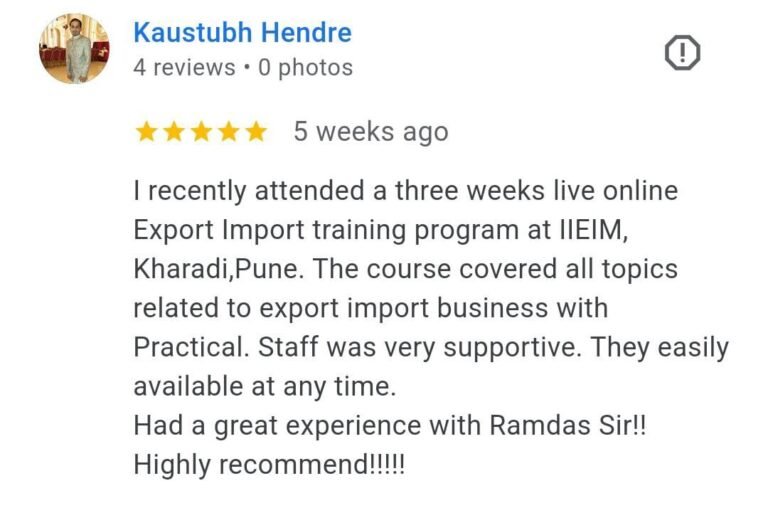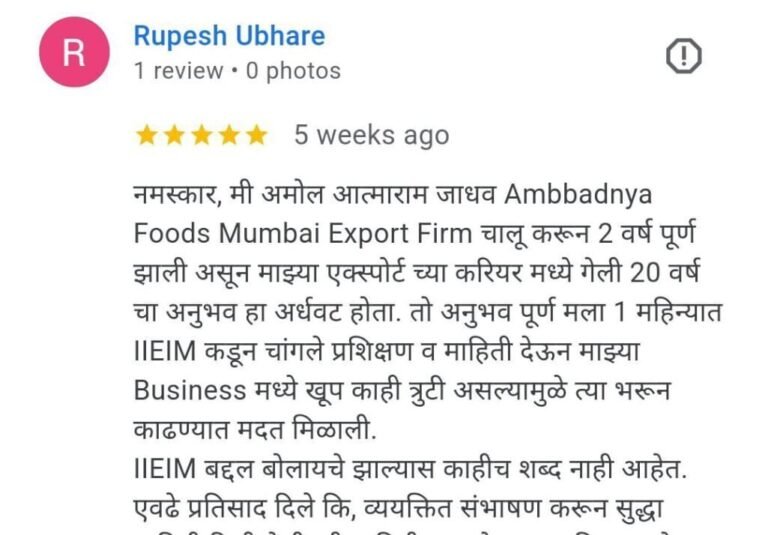DO you have questions?
Frequently Asked
I am item content. Click edit button to change this text. Lorem ipsum dolor sit amet, consectetur adipiscing elit. Ut elit tellus, luctus nec ullamcorper mattis, pulvinar dapibus leo.
Begin by researching your target markets, understanding export regulations, and developing a solid business plan that outlines your goals and strategies for international sales.
Identify markets with demand for your products using market research reports, trade statistics, and insights from industry associations to evaluate potential opportunities.
Legal requirements vary by country, but typically include obtaining export licenses, adhering to customs regulations, and complying with specific industry standards.
Analyze production costs, shipping expenses, tariffs, and competitor pricing in your target market to set a competitive and profitable price for your products.
Exporters can choose from air freight, for faster delivery, sea freight for larger volumes, and courier services for small packages, depending on cost and urgency.
Familiarize yourself with the customs requirements in both your country and the importing country, ensuring you prepare all necessary documentation accurately to facilitate smooth clearance.
Incoterms are international commercial terms that clarify the responsibilities of buyers and sellers in shipping, insurance, and tariffs, helping to prevent disputes and misunderstandings.
Implement quality control processes, conduct regular inspections, and understand the specific standards required in your target markets to satisfy customer expectations.
Common payment methods include letters of credit, wire transfers, and payment in advance, each with its own level of risk and security for both parties.
Diversify your markets, obtain export credit insurance, and conduct thorough research on potential buyers and countries to reduce financial and operational risks.




